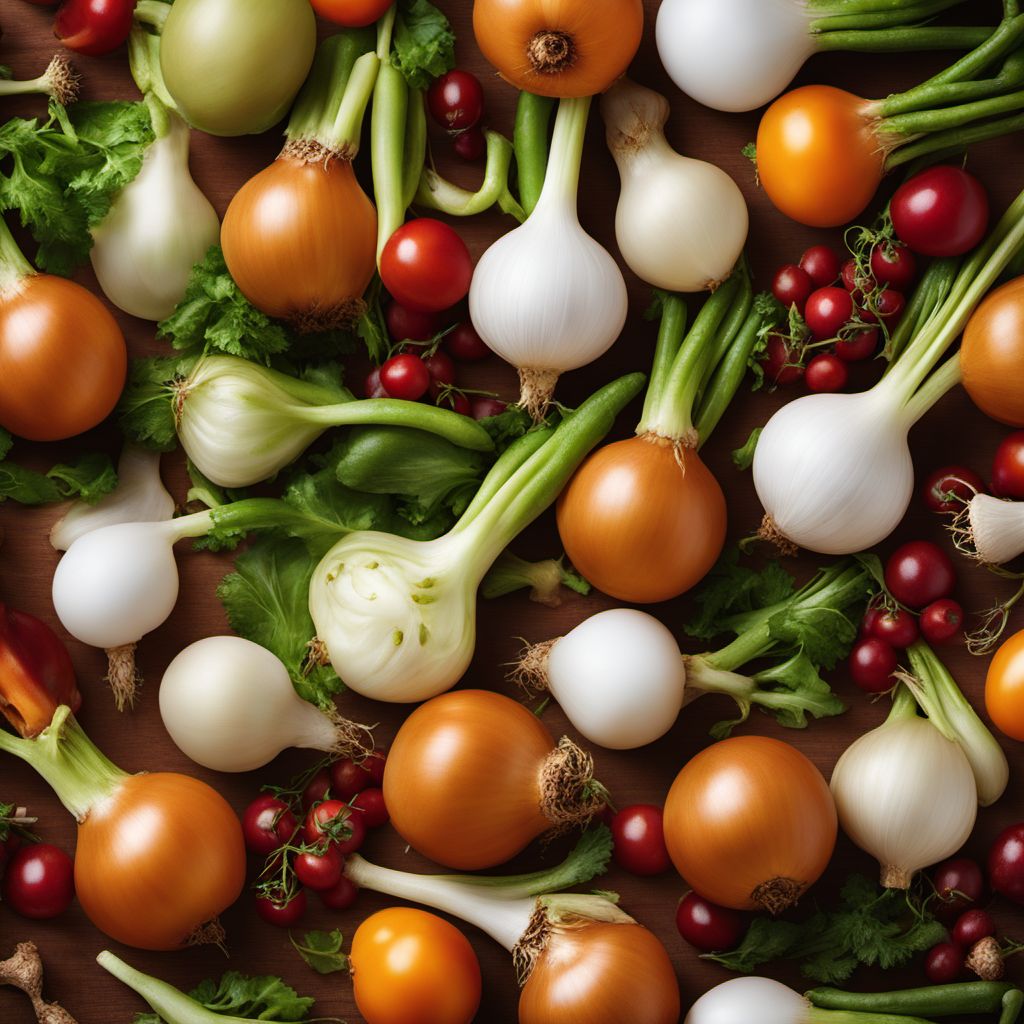
Ingredient
Bulb vegetables
The Aromatic Allium Family
Bulb vegetables come in various shapes, sizes, and flavors. Onions, garlic, shallots, leeks, and scallions are some of the most common members of this family. They range from pungent and spicy to sweet and mild. Bulb vegetables have layers of flesh covered by a papery skin. They can be white, yellow, red, or purple in color. When cooked, they become soft and develop a rich, savory flavor. Raw, they provide a sharp and aromatic bite.
Origins and history
Bulb vegetables have been cultivated and consumed for thousands of years. They have played a significant role in various cuisines and cultures worldwide. Onions, for example, have been used in ancient Egyptian, Greek, and Roman civilizations. Garlic has a long history of medicinal and culinary use in Asian and Mediterranean cultures. Shallots are particularly popular in French cuisine, while scallions are commonly used in Asian dishes. Leeks have been a staple in European cooking for centuries.
Nutritional information
Bulb vegetables are low in calories and fat but rich in essential nutrients. They contain vitamins C and B6, folate, potassium, and antioxidants. Additionally, they possess sulfur compounds that provide potential health benefits, including anti-inflammatory and antimicrobial properties.
Allergens
May cause allergic reactions in individuals with a sensitivity to allium vegetables.
How to select
When selecting bulb vegetables, choose ones that are firm, with dry and papery skins. Avoid any bulbs that are soft, moldy, or have sprouted. Look for fresh green tops on scallions and leeks. Smell the vegetable to ensure it has a pleasant aroma without any signs of spoilage.
Storage recommendations
To prolong the shelf life of bulb vegetables, store them in a cool, dry, and well-ventilated area. Onions, garlic, and shallots can be stored at room temperature, while leeks and scallions should be refrigerated. Keep them away from direct sunlight and moisture to prevent sprouting or spoilage.
How to produce
Bulb vegetables can be easily grown in home gardens or containers. They require well-drained soil, adequate sunlight, and regular watering. Planting bulbs or sets in the spring or fall will yield a fresh supply of these aromatic vegetables.
Preparation tips
Bulb vegetables can be used in a wide range of culinary preparations. Onions and garlic are often used as flavor bases in soups, stews, and sauces. Shallots add a delicate sweetness to dressings and vinaigrettes. Leeks are excellent in soups and gratins, while scallions are commonly used as a garnish or in stir-fries. Experiment with different bulb vegetables to enhance the flavor of your dishes.
Culinary uses
Bulb vegetables are widely used in various cuisines around the world. They are essential ingredients in Mediterranean, Asian, Indian, Mexican, and French cooking, among others. They add depth, aroma, and complexity to dishes, enhancing their overall flavor.
Availability
Bulb vegetables are cultivated and available in many regions globally. Onions, garlic, and shallots are widely available in most countries. Leeks and scallions may be more prevalent in specific regions or during certain seasons.
More ingredients from this category
Recipes using Bulb vegetables » Browse all

Peranakan Spicy Shrimp Salad
Nyonya Zesty Prawn Delight

Stuffed Limes with a Mexican Twist
Zesty Lime Delight: A Burst of Mexican Flavors
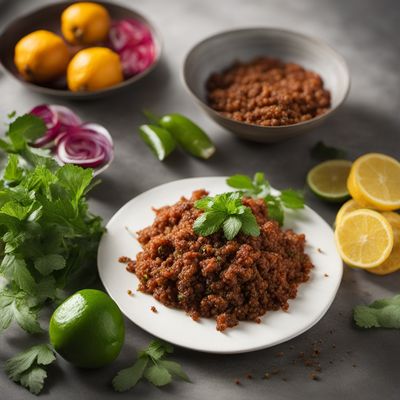
Jamaican Pommerac Chow
Tropical Delight: Jamaican Pommerac Chow
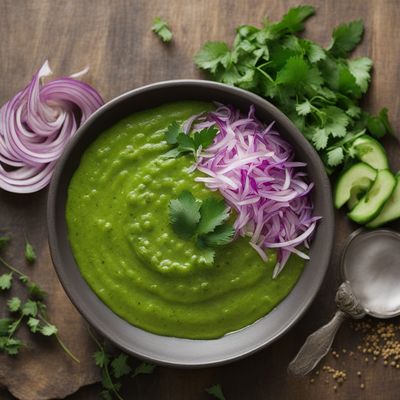
Ugandan-style Spicy Cucumber Chutney
Zesty Cucumber Delight: A Taste of Uganda
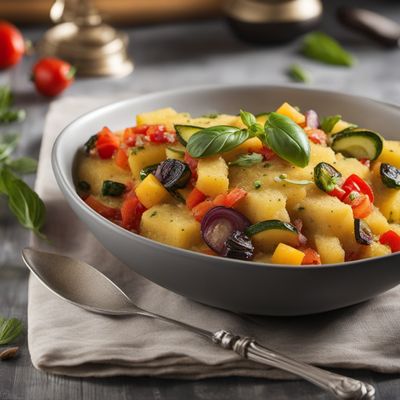
Creamy Parmesan Polenta with Roasted Vegetables
Velvety Italian Polenta Delight
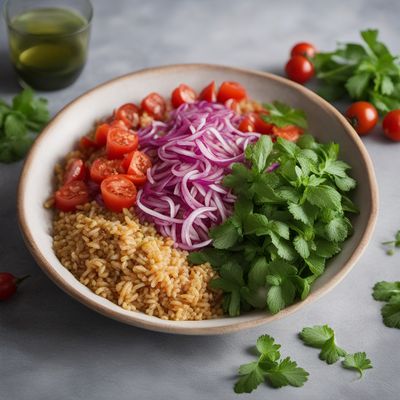
Arab-style Bulgur Salad
Mediterranean Delight: Arab-inspired Bulgur Salad

Azerbaijani-inspired Alambre with Spiced Lamb and Grilled Vegetables
Sizzling Azerbaijani Lamb Skewers with Grilled Vegetables

Polynesian-style Grilled Sajji
Tropical Delight: Polynesian-inspired Grilled Sajji
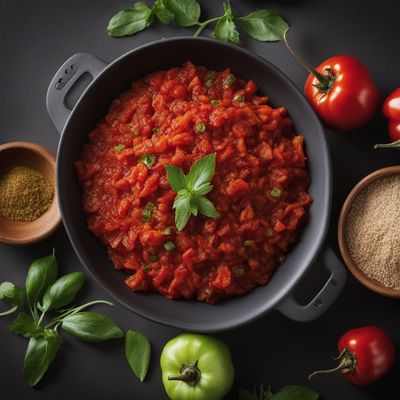
Dorset-inspired Spicy Tomato Relish
Dorset's Fiery Tomato Delight

Algerian-style Raw Zafarnaja
Exquisite Algerian Twist on Raw Zafarnaja

Phla Kung with a Twist
Spicy Thai Shrimp Salad: A Burst of Flavors

Galician-style Meia-desfeita
Sabor Gallego: A Galician Twist on Meia-desfeita



